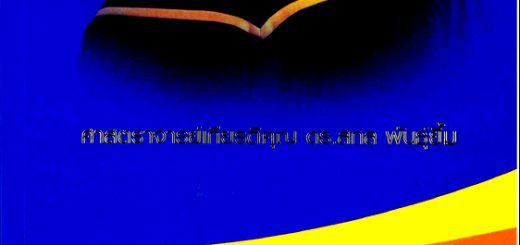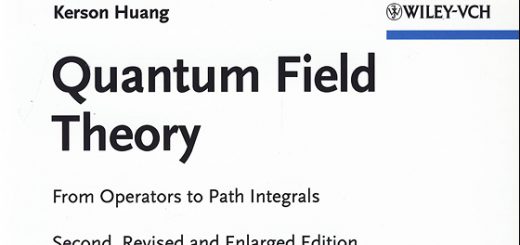Larone’s medically important fungi : a guide to identification
AUTHOR Walsh, Thomas J.
CALL NO QW25 W227L 2018
IMPRINT Washington, DC : ASM Press, c2018
Davise H. Larone is well known as the originator of the book that many readers have come to rely upon for assistance in the accurate identification of fungi from patient specimens, a key step in treating mycotic infections. Dr. Larone has now been joined by Thomas J. Walsh and Randall T. Hayden to update this gold standard reference while retaining the format that has made this guide so popular for more than 40 years.
Medically Important Fungi, will expand your knowledge and support your work by:
- Providing detailed descriptions of the major mycoses as viewed in patients’ specimens by direct microscopic examination of stained slides
- Offering a logical step-by-step process for identification of cultured organisms, utilizing detailed descriptions, images, pointers on organisms’ similarities and distinctions, and selected references for further information
- Covering nearly 150 of the fungi most commonly encountered in the clinical mycology laboratory
- Presenting details on each organism’s pathogenicity, growth characteristics, relevant biochemical reactions, and microscopic morphology, illustrated with photomicrographs, Dr. Larone’s unique and elegant drawings, and color photos of colony morphology and various test results
- Explaining the current changes in fungal taxonomy and nomenclature that are due to information acquired through molecular taxonomic studies of evolutionary fungal relationships
- Providing basic information on molecular diagnostic methods, e.g., PCR amplification, nucleic acid sequencing, MALDI-TOF mass spectrometry, and other commercial platforms
- Including an extensive section of easy-to-follow lab protocols, a comprehensive list of media and stain procedures, guidance on collection and preparation of patient specimens, and an illustrated glossary
With Larone’s Medically Important Fungi: A Guide to Identification, both novices and experienced professionals in clinical microbiology laboratories can continue to confidently identify commonly encountered fungi.
Source : http://www.asmscience.org/content/book/10.1128/9781555819880




